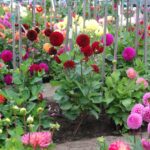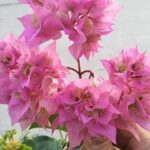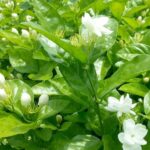Camellia growers know that caring for ornamental plants requires meticulous attention. Camellia is not as easy to cultivate as many other plants. They usually bloom only once a year during the Lunar New Year. They are a prized ornamental species and require careful cultivation to induce flowering. After enduring the harsh winter, camellia leaves often turn dark. However, with proper care, they will bloom brilliantly.
Camellia blooms vibrantly during the Lunar New Year, making them a popular choice for many families to decorate their homes during the festive season.
Try the following tips to encourage your camellia to bloom in time for the Lunar New Year:
Camellia loves moisture
Camellia thrives in high humidity, so ensure you water your plant adequately and correctly. During dry winters, use a spray bottle to mist the plant when ventilating to avoid water stagnation on the leaves, which can cause disease. If you’re inexperienced, it’s best to water only the root of the plant. Do not spray when the plant has buds as this can cause water to settle and rot them. When potting your camellia, consider placing the pot on a brick to allow moisture to rise and cling to the plant, maintaining optimal humidity.
Grow your camellia in a well-ventilated area, avoiding prolonged indoor placement. If the air humidity is too low, the leaves of the camellia will curl, scorch, and wither, while the leaves of other plants will turn yellow and curl. Dehydration will hinder blooming and gradually weaken the plant. Ensure the water used for irrigation is clean and free from chemicals and domestic wastewater.
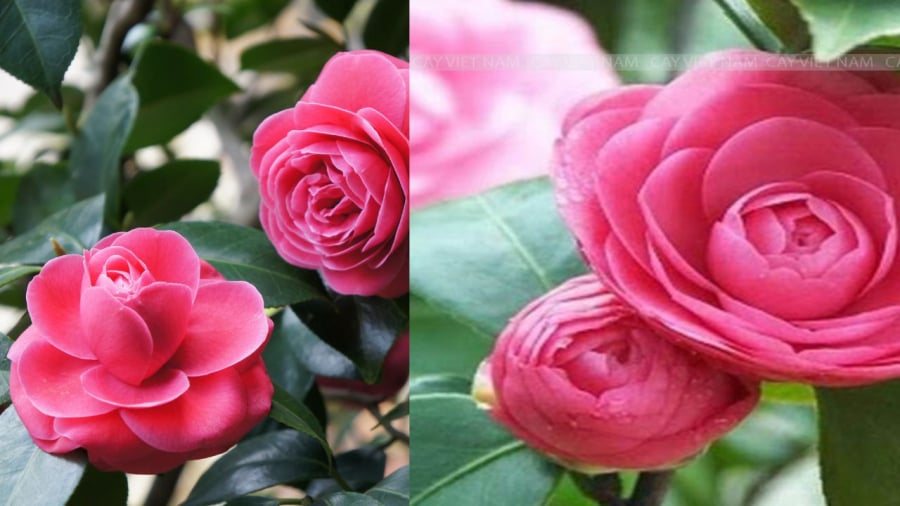
Camellia usually blooms during the Lunar New Year
Ensure adequate ventilation for your camellia
Place your camellia near an open window or door to ensure good airflow and prevent water stagnation at the roots and leaves, which could lead to rot and leaf discoloration. Position your camellia where it receives adequate sunlight, avoiding direct intense light while ensuring it’s not in a shaded area. If you must keep your camellia indoors, remember to ventilate the room frequently to create a gentle breeze, encouraging the flowers to bloom.
Pay attention to light
Camellia thrives in bright light. Insufficient light will hinder blooming, and the buds may turn black and wither. Therefore, it’s advisable to place your camellia near a window, balcony, or doorstep, ensuring it receives ample sunlight. This way, even during the gloomy winter months, your plant will get the sunlight it needs.
During the winter, when sunlight is scarce, give your camellia a sunbath. However, if there’s dew at night, bring it indoors, as the dew can cause the buds to turn black and wither.
Sufficient light promotes the healthy growth of your camellia, encouraging larger and more vibrant blooms.
Fertilize your camellia wisely
From the 9th to the 10th lunar month, your camellia will require more fertilizer. The person from whom you purchased your ornamental plant should provide you with ongoing advice on fertilization and watering to ensure your plant produces abundant buds and thrives. If you’ve been caring for your camellia for a while, it’s recommended to fertilize it 2-3 times a month, using an appropriate concentration of fertilizer, to promote the growth of shoots and buds. If you wish to slow down bud production, you can stop fertilizing. However, during the winter blooming season, your plant will require more nutrients, so increase fertilization during this period.
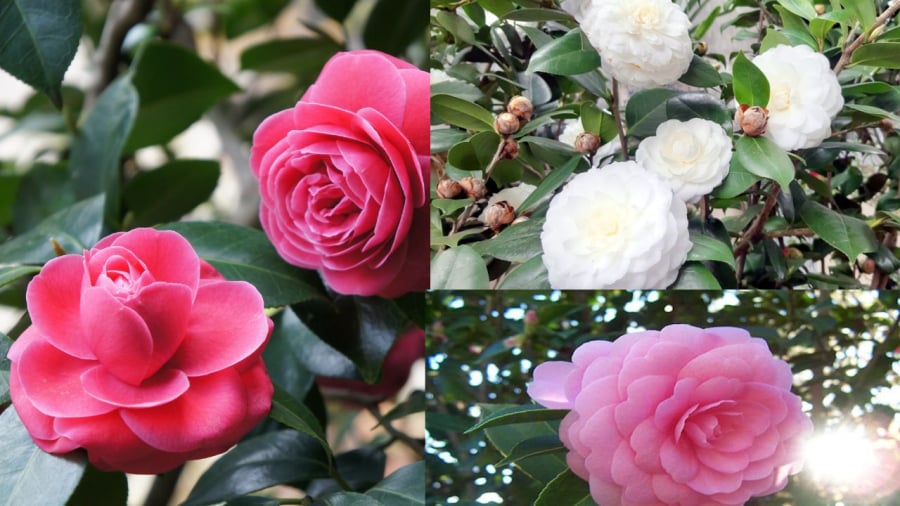
With proper care, your camellia will bloom abundantly
Prune for healthier blooms
To ensure your camellia has sufficient nutrients for blooming, thin out the buds and prune them timely. Keep only two healthy buds on each branch, removing the rest by hand. Retain the strongest buds to ensure they receive adequate nourishment, resulting in larger and more colorful flowers.
Additionally, remember to prune any withered or diseased branches or leaves to concentrate the plant’s nutrients on the development of new shoots and buds.
Wipe the leaves of your camellia
Camellia leaves should be kept clean by regularly spraying or wiping both surfaces. To clean the leaves effectively, tilt the pot to its side, place it in a large basin of water, and submerge each branch into the water to clean both sides of the leaves. Rotate the pot to reach all branches. If your camellia is infested with pests like mites, scale insects, or spider mites, dilute a mild insecticide and spray thoroughly.
This information is for reference only.
The Reluctant Bougainvillea: Tricks to Get Your Vine Blooming
Bougainvillea is a vibrant and vibrant plant, with its bright and vibrant colors, it is a popular choice for home gardeners looking to add a splash of color to their outdoor spaces. This sun-loving plant is a year-round bloomer, provided it is cared for properly. With its vibrant hues and free-flowing growth, it is a versatile plant that can transform any garden into a vibrant, colorful paradise.

























